FAQ for PURION 1000 PVC-U 110 - 240 V AC Basic
Can this system overheat?
The pool systems of the company PURION are not exposed to overheating problems, should the UVC system be turned on but no water flow occurs.
Does the system automatically turn on with water flow?
No. We recommend always operating the UV system in combination with the pump, which utilizes the full flow for disinfection. Since the system has a relatively large diameter, there is no failure should the pump be defective and thus no water flow occurs with the UV lamp turned on.
How do I know which UV-C system is right for me?
For optimal effect, we recommend circulating the entire pool content at least three times daily. However, the system should be in operation for at least 8 hours daily to ensure adequate ventilation and filtration.
The circulation rate therefore depends on the respective performance of the pump and sand filter used. The net performance of the pump can be reduced by the lengths and heights of the lines to be overcome.
Also interesting: In our compact systems, pump, sand filter, and UVC system are ideally matched and pre-assembled.
How long does the system need to run to keep a pool algae-free?
There is a simple calculation for this: the pool content should flow through the UV-C system at least three times a day to kill a large portion of the algae through proper mixing. If algae growth is increased, for example during phases of extreme sunlight or after heavy rainfall or a thunderstorm, we recommend temporarily setting the circulation rate to four times.
Regardless of the circulation rate, we recommend having the system in operation for at least 8 hours daily to ensure adequate ventilation and filtration.
Is additional chlorine needed for pool cleaning?
Considering all three basic recommendations for using the UV-C system in the pool area, the pool can be operated completely without chlorine. If necessary, the occasional use of a biological flocculant is recommended. However, our high-quality UV-C lamps allow a combination of chlorine and UV-C, as no ozone is produced, which would react with chlorine.
What distinguishes the UV-C systems from PURION?
The high-quality UV-C lamps from the brand PURION are durable and very powerful. They produce a very high UV-C content. The lamps we use in the pool area are also used in other systems for drinking water treatment. The UV lamps used do not emit radiation below 250nm, which excludes the formation of toxic ozone. Thus, the systems from PURION can be used in combination with other treatment methods that use, for example, chlorine.
Do you recommend the use of ozone?
No, from our perspective, ozone should not be used in the pool area under any circumstances. Ozone is highly toxic. Excess ozone must be laboriously destroyed again, and it is often unclear how much ozone is left. Furthermore, ozone reacts with chlorine, significantly reducing the effectiveness of both methods. Cheaply produced UV lamps often emit radiation below 250nm, which can lead to ozone formation. This is excluded with the systems from PURION.
Why does the UV-C lamp need to be replaced after 10,000 hours even though it still works?
Every UV-C lamp exhibits a technically induced decline in UV-C output. The manufacturer guarantees that the system will still achieve 60% UV-C output after 10,000 hours. The specified data for the systems always refer to this 60% output. However, after 10,000 hours of operation, the decline in output continues to increase. Therefore, the lamp still works, but it no longer produces enough UV-C output for optimal disinfection results.
When do I need a lifespan monitoring?
Lifespan monitoring is recommended for all users who do not keep the system permanently switched on. A lamp replacement every 10,000 hours is recommended because the manufacturer does not guarantee the performance, i.e., the amount of UV-C radiation dose necessary for safe disinfection, beyond that point.
 Phone: +49 3641 327 9697
Phone: +49 3641 327 9697
 Official Purion dealer
Official Purion dealer
 Europe-wide delivery
Europe-wide delivery

